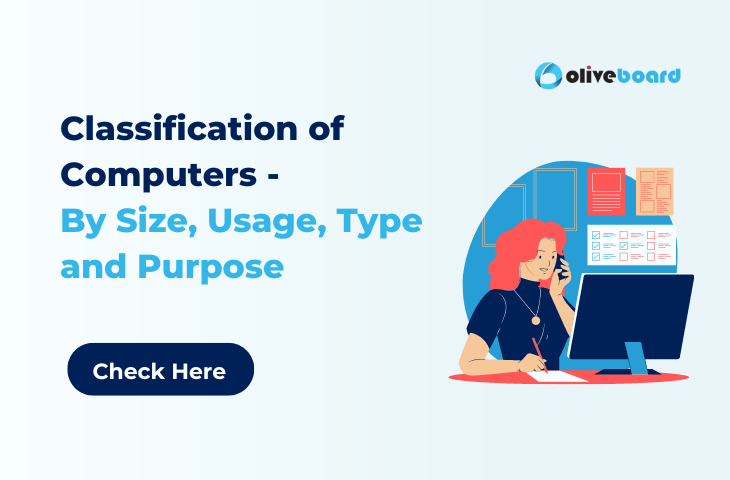Classification of Computers
Classification of Computers – According to uses and applications, computers come in a variety of sizes and shapes with varying processing capabilities. In the beginning, the size of a computer was as large as building rooms and processing speeds were relatively slow. With the introduction of microprocessor technology, the size of the computer was drastically reduced, and the processing speed increased.
Classification of Computers – Based on their Functionality and Sizes
Computers are categorized into four groups according to their external dimensions, internal capabilities, and external uses.
Here is list of computers classified based on functionality:
- Supercomputer
- Mainframe computer
- Minicomputer
- Microcomputer
Supercomputer
Among digital computers, supercomputers are the biggest, fastest, strongest, and priciest. The first supercomputer was created in the 1960s for the American Department of Defense (USA). Supercomputers use several processors to increase their speed, and many people can use them simultaneously. Supercomputers are generally utilized for scientific purposes and large-scale, complex calculations.
They are widely used in the aerospace, automotive, chemical, electronics, and petroleum industries, as well as for weather forecasting and seismic analysis.
Example for supercomputer
Jaguar, Nebulae, Roadrunner, Kraken, Tianhe-1
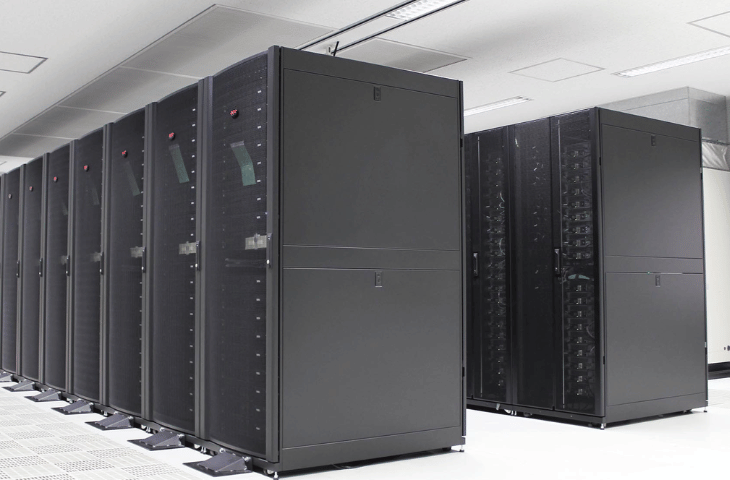
Mainframe Computer
Mainframe computers, also known as mainframes, are the most commonly used type of digital computer in large industries for controlling processes as well as in offices for maintaining networks and providing access to shared resources. IBM is estimated to control two-thirds of the mainframe market. They are far more suitable for intensive operation than supercomputers. Many modern computers can multitask; however, they are typically limited to eight or fewer processors.
Megaflops (millions of floating-point arithmetic operations per second) are used to measure processor speed. Mainframe computer systems are powerful enough to support a hundred users at remote terminals at the same time. It can support hundreds of users by keeping multiple programs in primary memory and switching between them quickly. Multi-programming refers to the ability to run multiple programs at the same time for multiple users.
Example for Mainframe computer
IBM-3000 series, IBM 4300, IBM 3090.
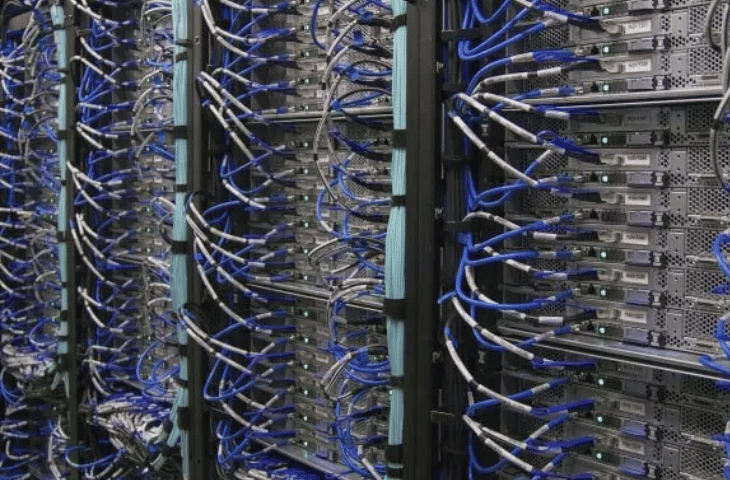
Mini Computer
Most minicomputers, like mainframes, are multiuser and general-purpose computers. The primary distinction between mainframes and minicomputers is that minicomputers are slower even when performing the same tasks as mainframes.
Example for Mini computer
PDP series
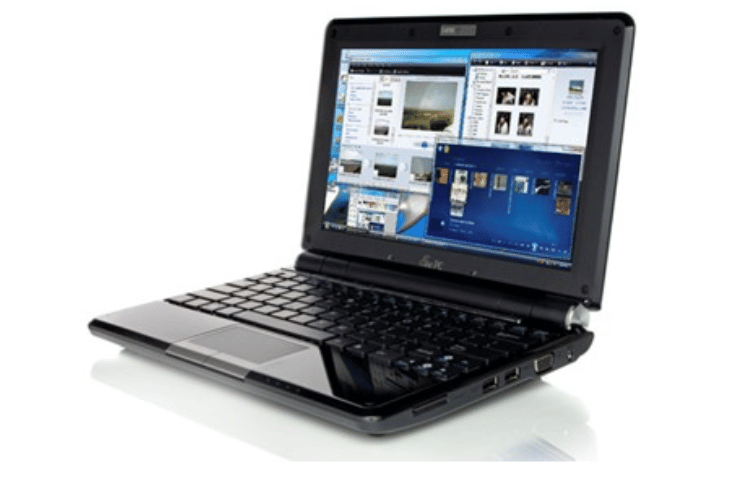
Micro Computer
The most common type of computer, is widely used in homes, schools, banks, and offices, among other places. It is a low-cost digital computer with a single microprocessor, storage unit, and input/output device. Microcomputers are typically designed for individual use only.
They were originally referred to as microcomputers because they were so small in size compared to supercomputers and mainframes. They are commonly used in homes, offices, and for personal use, so they are also referred to as personal computers.
Example for Micro computer
Desktop computers and portable computers like a laptop, personal digital assistant (PDA)
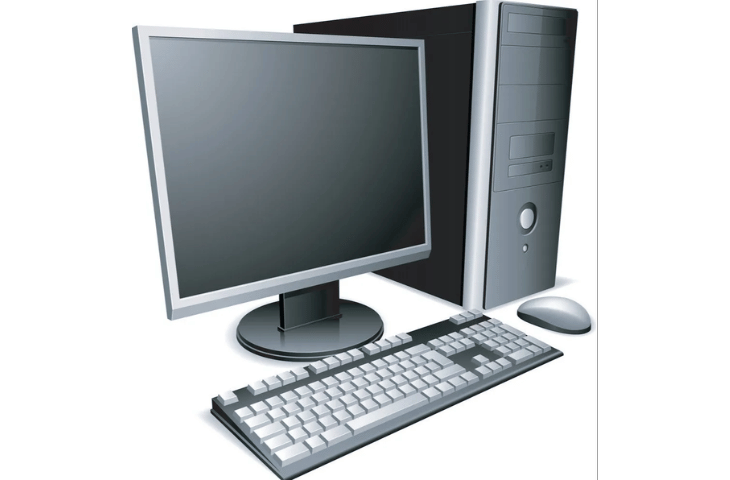
Desktop Computer:
A desktop computer, also known as a PC (Personal computer), is the most common type of microcomputer. It has CPU (Central Processing Unit), a keyboard and a mouse for input, and a monitor or display unit for output. The CPU is made up of a microprocessor, main memory, a secondary storage unit such as a hard drive or optical drive, and a power supply unit all housed in a single cabinet.
Example for Desktop computer
Apple, Dell, Hp, Lenovo.
Portable Computer
Portable computers, such as laptops and PDAs, have surpassed desktop computers in popularity. The best feature of this portable computer is that it is lightweight and portable. Laptops have all of the same components as desktop computers, but they are more compact and smaller in size.
A palm-sized portable digital assistant (PDA) is another type of portable computer. As a result, it is also known as a palmtop computer. PDAs are used to keep track of appointments, take important notes, set reminders, perform mathematical calculations, play games, and even surf the internet and send emails. In 1993, Apple released the Newton, the first personal digital assistant.
Example for Portable computer
Palm Pilot, Handspring Visor, HP Jordana, Compaq Aero, Franklyn eBook man
Classification of Computers – Based on Purpose
Computers are broadly classified into two types based on its purpose:
- General-purpose computer
- Specific-purpose computer
General Purpose Computer
A general-purpose computer is built to do a variety of common tasks. Computers of this type have the ability to store multiple programs. They can be applied in the workplace, in science, in education, and even at home. Such computers are adaptable, but they are also less effective and move more slowly.
Specific Purpose Computer
A single specific task can be handled by a specific-purpose computer, which is designed to execute a certain task. They aren’t made to manage several programs. They were therefore not adaptable. Since they are made to handle a specific task, they are more efficient and faster than general-purpose computers. These computers are utilized for things like airline reservations, air traffic control, and satellite tracking.
Classification of Computers – Based Data Handling
The computer is further classified into three types based on its ability to handle data or how it processes incoming data differently. They are
- Digital computer
- Analog computer
- Hybrid computer
Digital Computer
A digital computer deals with the data that can be stored in binary format i.e. in the form of 0s and 1s. This computer stores data or information as voltage pulses that either indicate 0 or 1. Before being stored in a computer’s memory, all types of data, including text documents, music files, and graphic images, are transformed into binary format. It is a machine that manipulates discrete data and executes logical and mathematical operations.
Analog Computer
An Analog computer is used to process the analog data. Analog data is data that is constantly changing or varying. They are used to measure continuously varying aspects of physical quantities such as electrical current, voltages, hydraulic pressure, and other electrical and mechanical properties. Analog computers does not measure discrete values. They are employed in scientific and industrial applications.
Hybrid Computer:
A hybrid computer is a combination of both a digital computer system and an analog. The hybrid computer can handle both analog and digital input. While the digital half of the system manages the numerical and logical operation, the analog portion of the system handles the continuously varying aspects of complex mathematical computation. The system’s controller is also a part of the digital component.
Hybrid computers are used in medical science to measure the heartbeat of the patient, also used in controlling industrial processes and scientific applications.
- SSC CGL Full Form, All You Need to Know About SSC CGL
- SBI CBO Admit Card 2025 Out, Exam Date 20th July
- SSC CHSL 2025 Vacancies Released for 3131 Posts, Complete Details
- SSC JE Vacancies 2025, Check Post Wise Vacancy List
- Important Percentage Questions for SSC Exam Preparation, Solved
- SSC CGL Application Correction Form Starts from 9th to 11th July
FAQs: Classification of Computers
Ans. The computer system can be divided into three categories: 1. Computers are classified into Super, Mainframe, Mini, and Micro Computers based on their size and capacity. 2. Purpose-based computers include general-purpose and special-purpose computers. 3. Analog, Digital, and Hybrid Computers are types of computers based on hardware design and data handling.
Ans. Supercomputers, mainframe computers, minicomputers, personal computers, mobile computers, laptop computers, tablet computers, portable computers, personal digital assistants, calculators, handheld game consoles, information appliances, and embedded systems are the various types of computers.
Ans. Super computers are the powerful computers.
Ans. The computer is classified into four sizes: supercomputers, mainframe computers, minicomputers, and microcomputers.

Hello there! I’m a dedicated Government Job aspirant turned passionate writer & content marketer. My blogs are a one-stop destination for accurate and comprehensive information on exams like Regulatory Bodies, Banking, SSC, State PSCs, and more. I’m on a mission to provide you with all the details you need, conveniently in one place. When I’m not writing and marketing, you’ll find me happily experimenting in the kitchen, cooking up delightful treats. Join me on this journey of knowledge and flavors!
